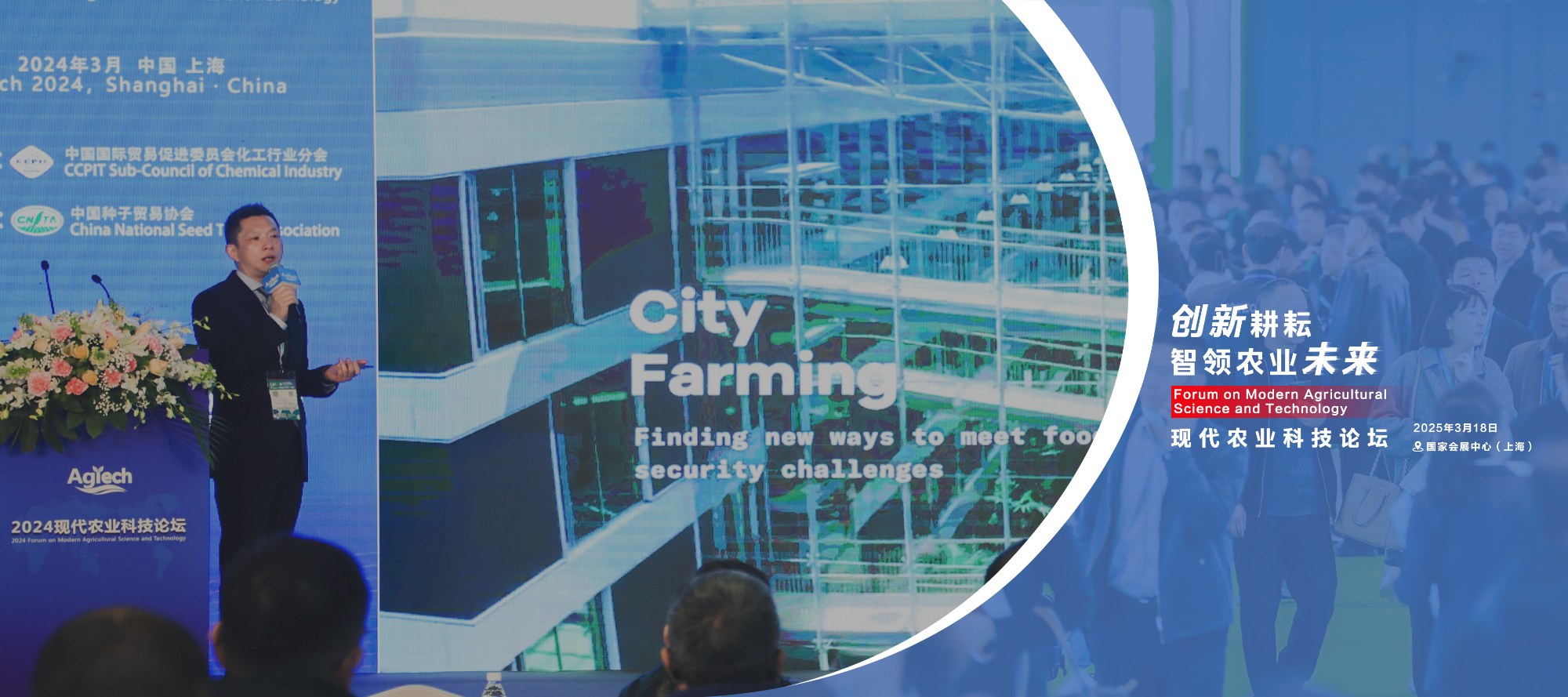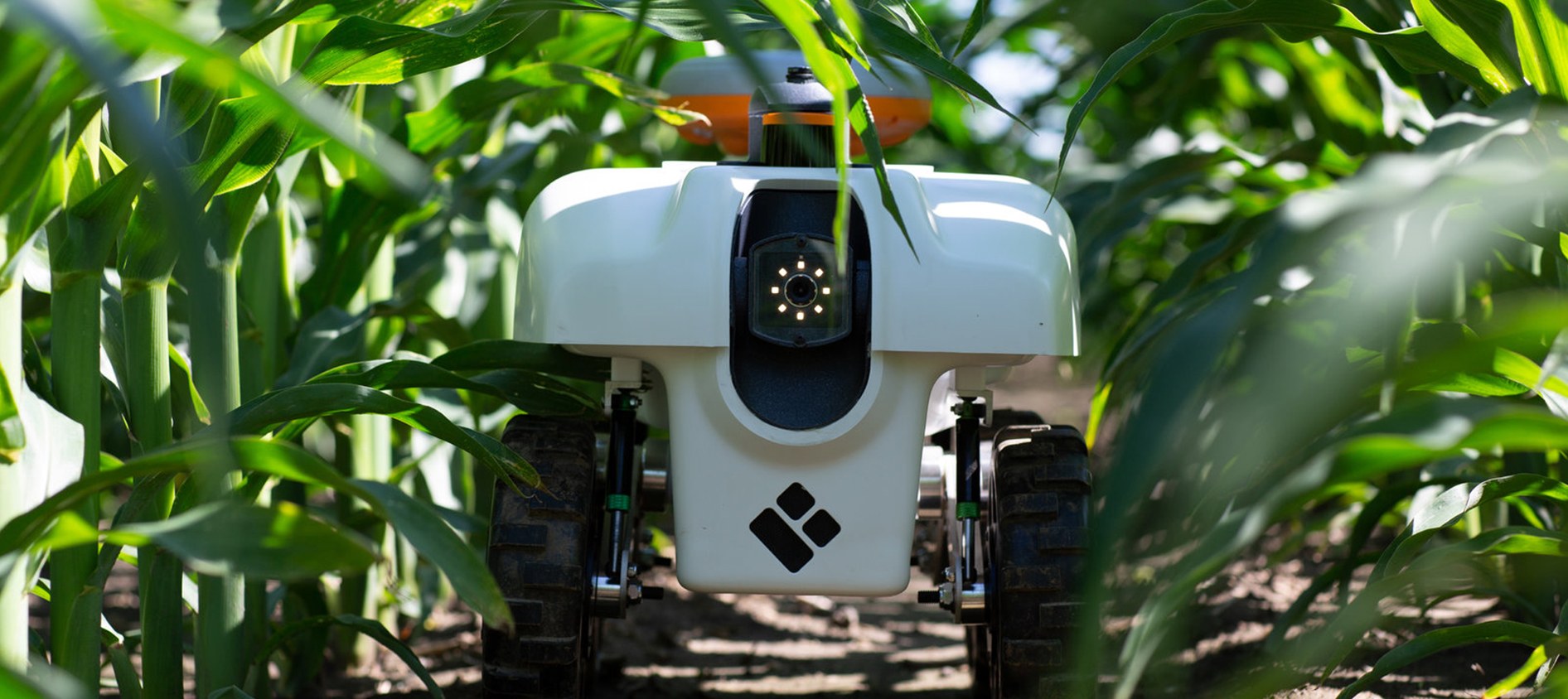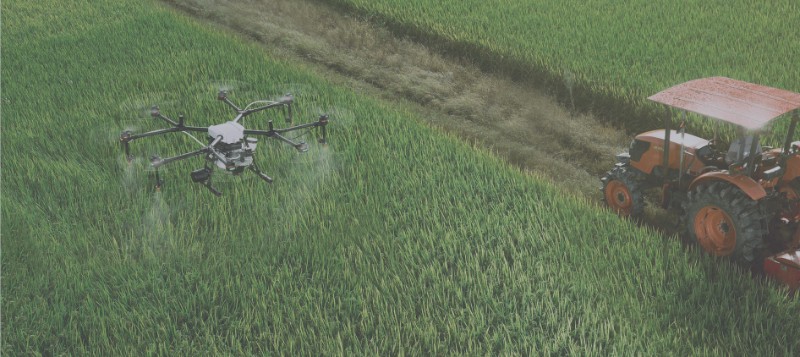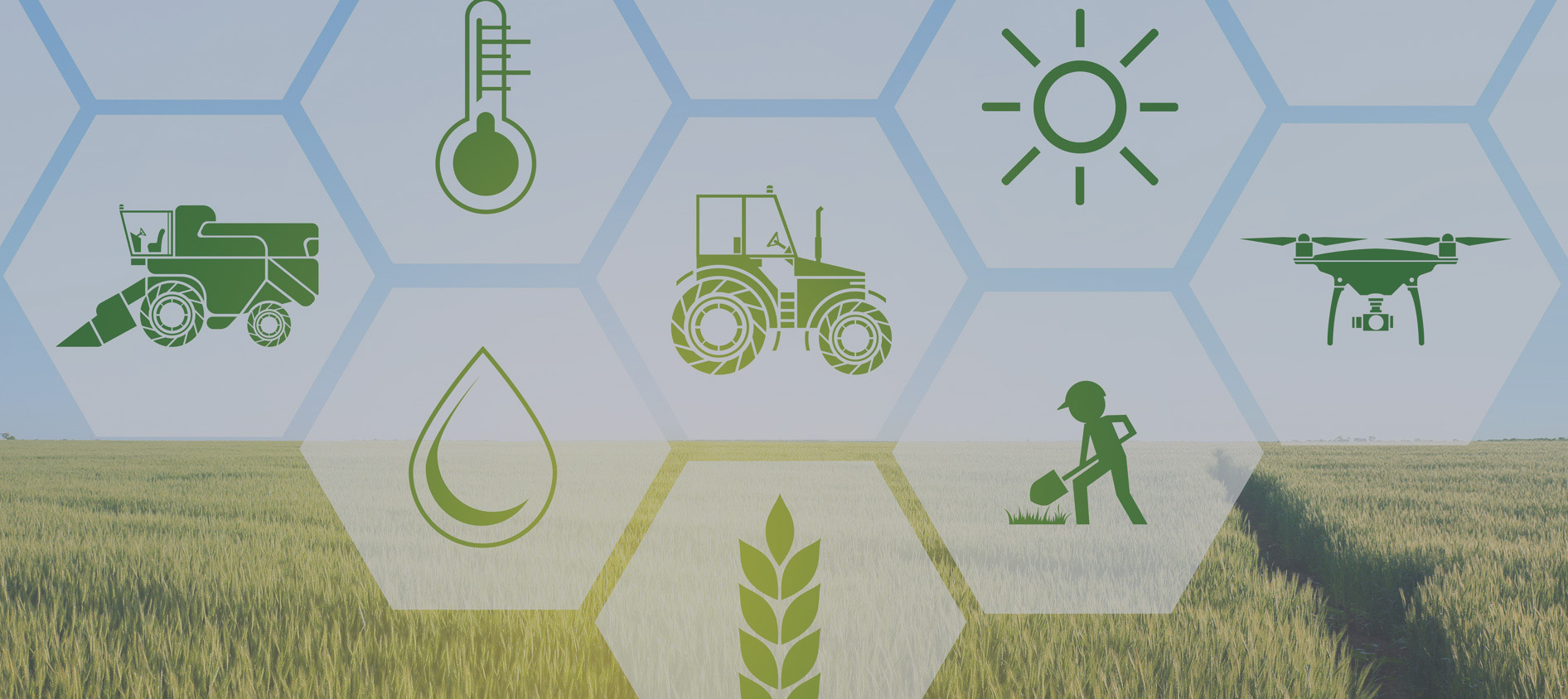From January to May 2025: China's cumulative output of large, medium and small tractors all showed a year-on-year decline
Recently, the National Bureau of Statistics released relevant data on the output and growth rate of major industrial products from January to May 2025. Among them, in terms of agricultural machinery, the specific situation of the output of large, medium and small tractors is as follows:
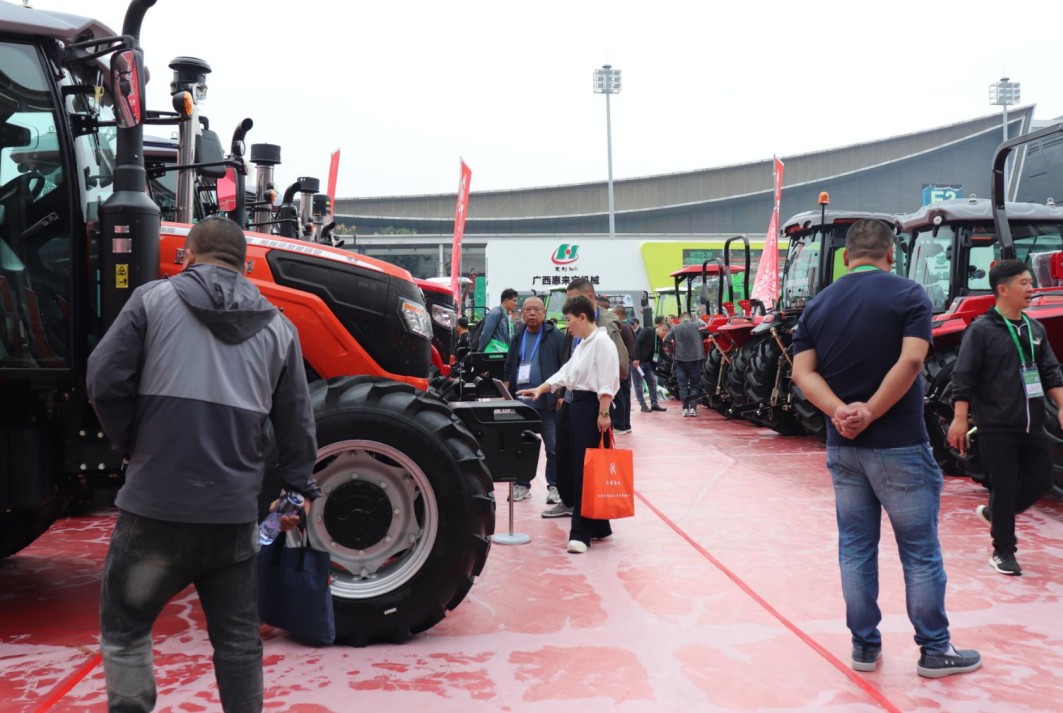
Large tractors-the output in May was 7,165 units, a decrease of 32.8% over the same period last year; the cumulative output from January to May was 58,725 units, a decrease of 2.4% over the same period last year.
Medium tractors-the output in May was 17,451 units, a decrease of 13.3% over the same period last year; the cumulative output from January to May was 121,414 units, a decrease of 8% over the same period last year.
Small tractors-the output in May was 11,000 units, a decrease of 8.3% over the same period last year; the cumulative output from January to May was 54,000 units, a decrease of 18.2% over the same period last year.
According to the table of import and export volume and value of major commodities from January to May 2025 (RMB value) released by the General Administration of Customs recently, the cumulative import volume of tractors from January to May was 208 units, a decrease of 61.6% over the same period last year; the cumulative import value from January to May was 223.33 million yuan, a decrease of 58.3% over the same period last year. The cumulative export volume from January to May was 74,429 units, an increase of 12.6% over the same period last year; the cumulative export value from January to May was 3645.59 million yuan, an increase of 31.2% over the same period last year.
Market analysis:
The Chinese tractor industry presents a deviation phenomenon of "declining production and increasing export value", which is essentially the comprehensive result of industrial structure upgrading, market focus shift and global competitiveness reshaping. The more critical influencing factors are: the transition from "National III" to "National IV" leads to the front-end demand in 2023, which suppresses domestic demand in the short term, but has huge potential for equipment renewal. Southeast Asia (Indonesia, Thailand), Eastern Europe (Poland, Ukraine) and other regions have seen a surge in demand for cost-effective agricultural machinery from China due to low rates of agricultural mechanization and labor shortages (such as Thailand's "field planting plan").
At present, the overall decline in output is the result of structural optimization, and the increase in export volume is a testament to the leap in competitiveness. In the future, the industry will continue the dual-track path of "internally upgrading technology and expanding the market externally", shifting from cost dependence to dual-drive technology and brand.




